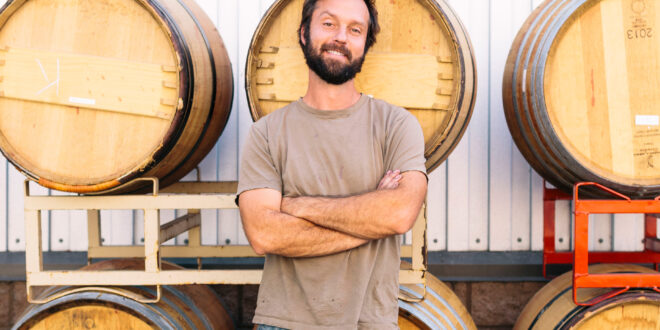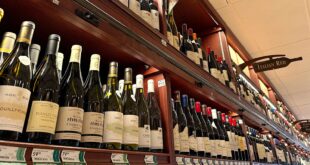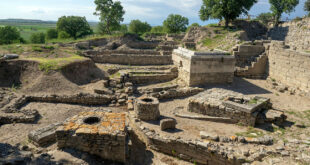[ad_1]
A new episode of the I’ll Drink to That! wine talk podcast was released recently. Episode 502 features Matt Dees, the winemaker for California wineries JONATA, The Hilt, and The Paring.
The charm of Matt Dees is that—after decades in the wine business, and after ascending the company ladder into a position of real authority and influence—he is still giddy about the chance to make some good wine. This is, unfortunately, somewhat rare in the wine business. The tariffs, the generational uncertainty, the prices (for land and for wine), the competition, the weather: there are all kinds of reasons to be down. But Matt brushes those all aside in a headlong rush towards a bubbling fermenting tank, or maybe a handful of diatomaceous earth in the vineyard. Matt is into it! At a time in Matt’s career when, if we are speaking frankly and if he so wanted, he could be hiring someone else to be “into it” while he perused sales reports in the office, Matt is fully engaged with the making of wine. His enthusiasm makes him a very effective communicator. This is someone who could read a multi-volume set of grape vine directories out loud in an interesting way. He has an obvious love of the subject that comes through at all times.
But that’s not all. The other part of it is that Matt has been a keen observer these many years: of the vineyard, of the wines, and of his own progression as a winemaker. Nobody is better at making fun of “young winemaker mistakes” than Matt. Did he mispronounce a word a few times a decade ago? Oh yeah, he remembers. And when he shares the story in this interview, it is hilarious. Tore out the wrong parcel in the early days? Oh yeah, that’s on the list as well. When he isn’t skewering the younger version of himself in this interview, Matt is busy sharing deep insights of the kind that only a sharp mind and a lot of experience can put together. This is a two-hour interview that blows by, mostly because Matt is amazing to listen to.
Episode 502 is available on many listening platforms, including at these links:
Apple Podcasts
Spotify
I’ll Drink to That!, one of the world’s top wine podcasts, is hosted by Levi Dalton. Levi has had a long career working as a sommelier in some of the most distinguished and acclaimed dining rooms in America. He has served wine to guests of Restaurant Daniel, Masa, and Alto, all in Manhattan. Levi has also contributed articles on wine themes to publications such as The Art of Eating, Wine & Spirits magazine, Bon Appetit online, and Eater NY. Check out his pictures on Instagram.
The post I’ll Drink to That!: Winemaker Matt Dees Likes How Grapevines Think appeared first on Vinography.
[ad_2]Source : https://www.vinography.com/2025/04/ill-drink-to-that-matt-dees-likes-how-grapevines-think



